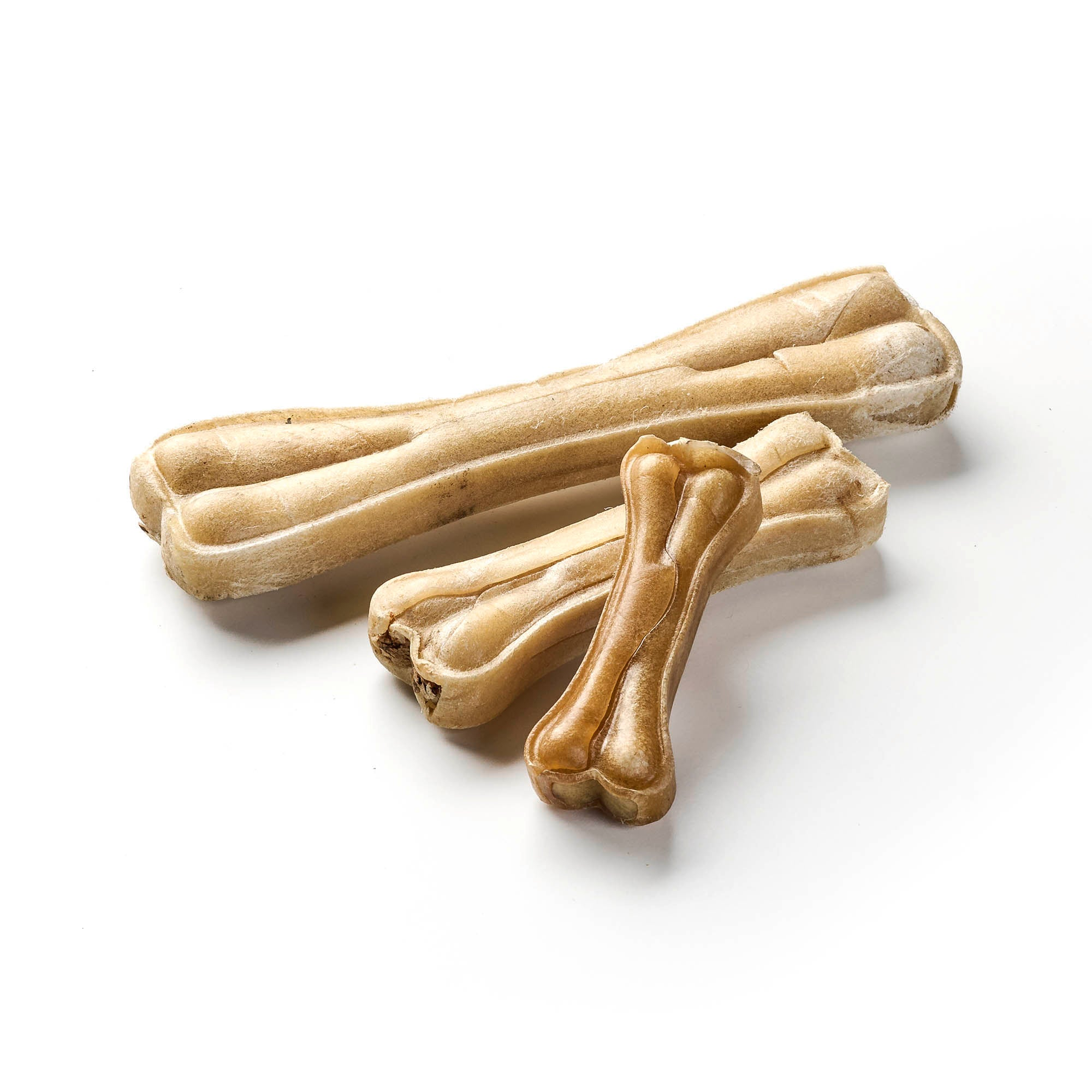
Communication behavior of dogs
Share
In the mysterious worlds of our four-legged companions, communication is at the heart of their daily lives. Dogs are true masters of non-verbal signals, whether through their looks, body posture or the meaningful wagging of their tail. This wordless language is so complex and fascinating that it often remains hidden from the human eye. But those who take the time to decipher these subtle signs will discover a deeper level of interaction that goes beyond mere barking.
Content: Communication behavior of dogs
- Basics of dog communication
- Vocal communication
- Body language communication
- Visual communication
- Communication through touch
- Interaction with people
- Social structure and communication
- Disturbances in communication behavior
- Conclusion
Every movement and every sound is part of a complex system that dogs use to express their emotions and needs. These silent dialogues are the result of a long shared history between humans and animals. Dogs have learned to adapt their communication so that it is understandable not only among themselves, but also with us humans.
Those who grasp this invisible thread of communication open the door to a world of trust and harmony, in which misunderstandings and behavioral problems can be more easily recognized and avoided. In this way, living together with our beloved four-legged friends becomes a real togetherness full of mutual understanding and appreciation.
Make your dog happy with our delicious snacks!
Basics of dog communication
Dogs communicate in many different ways. Their communication can be vocal, body language and visual and is used to express emotions, needs and reactions. These basics are the key to understanding a dog's overall communication behavior. From the simplest tail movements to complex vocalizations or body posture, each gesture has a meaning that is rooted in the shared evolution of humans and dogs.
Types of communication: vocal, body language, visual
Dogs use a combination of sounds, body postures and visual signals to communicate. Each element has its own meaning and function in different contexts, from socialization to warning of danger. This diversity allows dogs to be very specific in their messages, whether in play situations, when strengthening social bonds or in conflict.
The role of the senses in communication
A dog's senses, particularly smell, hearing, but also sight, are crucial for interpreting the signals of others. For example, a better sense of smell allows dogs to detect pheromones, which is essential for social communication within a group. Their keen hearing allows them to identify even the faintest of sounds, and their ability to detect movement helps them interpret the behavior of others before direct interaction occurs. Although dogs' eyesight is not as sharp as humans, they are very good at perceiving movement and contrast.
Vocal communication
Vocal sounds are an essential part of canine communication. They vary greatly depending on the situation and the emotions the dog wants to express. These sounds range from joyful barks when the owner returns home to warning growls when a threat approaches.
Barking, howling, growling: meanings and context
Barking can express joy, excitement or alarm, while growling is often a warning. Howling can indicate loneliness or separation anxiety. Each sound serves a specific communicative purpose and is often context-dependent. For example, a dog's barking when someone is at the door can be interpreted as either a warning or an expression of excitement, depending on the tone of voice and body language.
Variations in sound and frequency and their meanings
The pitch, length and frequency of the sounds can provide information about a dog's urgency or well-being. For example, low tones could signal a threat, while high, short tones indicate a willingness to play. Understanding these nuances can help you better understand the dog's needs and respond appropriately.
Body language communication
Body language is perhaps the most expressive aspect of canine communication and includes posture, tail movements and more. It gives us valuable clues about how a dog is feeling and what he is trying to communicate.
Posture and its signals
A relaxed posture means contentment, a stiff posture can indicate tension or aggression. Body posture often reflects a dog's emotional state and, when combined with other signals such as eye contact or tail position, can provide a clear picture of the dog's current emotions and intentions.
Tail posture and movement
A wagging tail often indicates joy, while a tucked tail can signal fear or submission. The speed and manner of wagging provides additional nuances about the dog's mood. A fast wag can indicate excitement, while a slow wag often expresses uncertainty.
Facial expressions and eye contact
Dogs use their facial expressions and eyes to communicate emotions. Staring for long periods of time can be challenging, while looking away for short periods of time often serves as an appeasement signal. Understanding these subtle signals is crucial to correctly interpreting a dog's mood and intentions.
Discover our selection of premium dog chews!
Visual communication
Visual signals often complement vocal and body language forms of communication and have their own meaning. They are especially important in long-distance communication where sounds may not be effective.
Marking behavior and its visual meaning
Scent marking by urinating in specific places is a form of visual and olfactory communication (communication through the sense of smell) that marks territories and establishes social hierarchies. These markings, which are mainly made by male dogs , inform other dogs of the presence and social status of the marking dog without the need for direct contact.
The role of movement in interaction
Movements, whether play or a demonstration of dominance, are highly visually communicative actions that often say more than vocalizations. The way a dog moves can signal intentions such as willingness to play, threat or submission. These signals are essential for interaction with other dogs and people.
Communication through touch
Touch plays an important role in dogs' social lives. It not only provides physical interaction, but also serves as a powerful tool for communication. Touch can convey a variety of messages, from affection and comfort to warnings and requests.
Nose-to-nose, nudge, use paws
Dogs use touch in many ways to express themselves. A gentle nose-to-nose bump can serve as a greeting, while a nudge or gentle paw poke is often used to attract attention or invite play. These gestures can be subtle, but carry significant information about the dog's intentions and feelings.
Playing and fighting as forms of communication
Play is a fundamental method through which dogs develop social skills and communicate. Playing allows dogs to practice reading body language while sending clear signals through touch and movement. On the other hand, fights, whether real or playful, are also rich in communicative gestures that define the social status and relationships between dogs.
Interaction with people
Communication between dogs and humans differs significantly from communication between dogs, which can often lead to misunderstandings. Dogs have learned over time to interpret and respond to human signals, but this process is not always flawless.
Differences in communication with humans compared to other dogs
Dogs adapt their communication methods to humans, for example by making more eye contact or using specific sounds that they have learned humans respond to. These adaptations show how flexible dogs are in their communication skills. They learn to modify their signals to better interact with their human partners, which is a testament to their intelligence and adaptability.
How dogs interpret human signals
Dogs are amazingly good at interpreting human gestures, facial expressions, and even mood. They use this information to adjust their behavior accordingly, showing that they are not only transmitting, but also receptive communicators. This ability to "read" human emotions and intentions has earned them the title of man's best friend.
Social structure and communication
In every dog group there is a social hierarchy that is strongly influenced by communicative interactions. These structures are complex and are constantly negotiated through communicative acts between the members of the group.
Hierarchy and dominance in dog groups
Communicative signals such as body posture, eye contact and positioning within the group help to establish and maintain social contact among dogs . Dominant dogs often display an upright, confident body posture, while subordinate dogs send more appeasing signals. These dynamic interactions are crucial for maintaining social harmony and avoiding conflict.
Communication to avoid and resolve conflicts
Dogs use communication not only to establish hierarchies, but also to avoid or resolve conflicts. They can use specific signals to reduce tension and promote harmonious coexistence. Such communication skills are particularly important in a world where dogs live closely with people and other pets.
Disturbances in communication behavior
Sometimes communication between dogs or between dogs and humans is disrupted, which can lead to behavioral problems. These disruptions can arise for a variety of reasons, including lack of socialization, previous negative experiences, or simply misunderstandings.
Common misunderstandings and their causes
Misunderstandings in communication often arise from unclear signals or from the different communication habits of dogs and humans. Such misunderstandings can lead to confusion and stress on both sides. For example, a dog who asks to play could be mistakenly perceived as aggressive if his signals are misinterpreted.
Behavioral problems resulting from communication disorders
Misinterpretation or failure to recognize communicative signals can lead to behavioral problems such as fear, aggression, or unwanted jumping. A deeper understanding of canine communication can help minimize such problems. By learning to correctly interpret our dogs' signals and respond appropriately, we can avoid many of the most common behavioral problems and build a healthier relationship with our pets.
Conclusion
Communication is an essential element in a dog's life and plays a central role in their relationship with humans. A better understanding of these communicative processes can lead to a stronger, more harmonious relationship and help prevent behavioral problems. By understanding the nuances in our dogs' communication, we can achieve a deeper connection and better coexistence. By learning our dogs' language, we open a door to a world of deeper understanding and mutual respect that enriches life with our beloved pets.
Delicious dog snacks for pure enjoyment are available from us!














